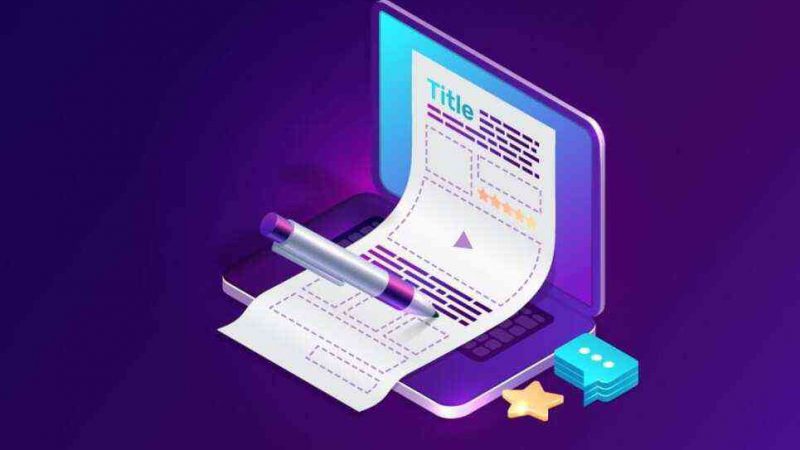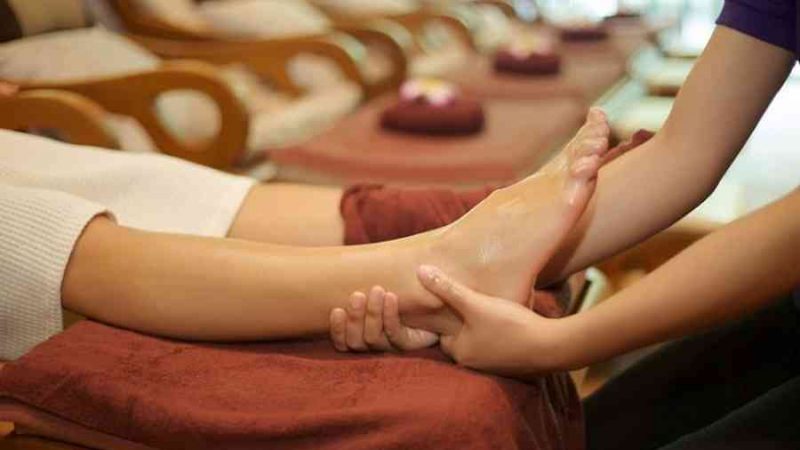Muscle Pain: It May Actually Be Your Fascia

Muscle Pain: It May Actually Be Your Fascia
You might attribute a painful neck or a backache to tired muscles or stiff joints. But these symptoms can also be caused by a part of your body toàn thân you probably haven’t heard of : the fascia. Until recently, this network of tissue throughout the body toàn thân received very little attention despite its major role in every move you make .
What is fascia?
Fascia is a thin casing of connective tissue that surrounds and holds every organ, blood vessel, bone, nerve fiber and muscle in place. The tissue does more than provide internal structure ; fascia has nerves that make it almost as sensitive as skin. When stressed, it tightens up .
Although fascia looks like one sheet of tissue, it’s actually made up of multiple layers with liquid in between called hyaluronan. It’s designed to stretch as you move. But there are certain things that cause fascia to thicken and become sticky. When it dries up and tightens around muscles, it can limit mobility and cause painful knots to develop .
Fascia-Related Muscle Pain and Stiffness
Healthy fascia is smooth, slippery and flexible. Factors that cause fascia to become gummy and crinkle up ( called adhesion ) include :
- A lifestyle of limited physical activity (too little movement day after day)
- Repetitive movement that overworks one part of the body
- Trauma such as surgery or injury
Is it fascia pain?
Determining whether your pain is due to muscles, joints or fascia can be difficult. In general, muscle injuries and joint problems feel worse the more you move. Fascia adhesions tend to feel better with movement and also respond well to heat therapy, which helps bring back the tissue’s elasticity .
For some people, adhesions can worsen over time, causing the fascia to compress and contort the muscles it surrounds. This can result in hard, tender knots in the muscles, called trigger points. Myofascial pain syndrome is a condition in which those trigger points cause pain to occur:
Xem thêm: Polyp đại trực tràng có nguy hiểm không?
- During movement
- When pressure is applied
- In seemingly unrelated parts of the body (referred pain)
Treatment focuses on relieving pain and getting tight fascia and muscle fibers to relax. Medical options include pain relievers, physical therapy and injections of medication directly into trigger points .
How to Keep Fascia Flexible
Keeping your fascia healthy has many benefits. You’ll move more easily, have better range of motion and experience less pain. Things you can do to prevent fascia problems include :
- Move more: In addition to a consistent but varied exercise routine, it’s important to be active throughout the day. Have a desk job? Take at least a two-minute break every hour to stand up and move around, which helps fascia stay supple. Consider walking meetings or stand up and walk while participating in conference calls.
- Stretch regularly: Stretching is essential to good health. It reduces the risk of inflammation and structural problems in the body.
- Focus on posture: Slumping over a desk or a phone or walking in an awkward way to compensate for an injury can cause fascia to tighten. Try to maintain good posture while sitting or standing.
7 Ways to Treat Chronic Back Pain Without Surgery
Back pain rehabilitation specialist Andrew Nava, M.D., offers insights into common chronic back pain causes and nonsurgical treatment options — and advises not to give up hope .
Read more about treating chronic back pain
Ways to Relieve Fascia Pain
There are various strategies that work to loosen up painful knots, such as :
-
Heat therapy:
Apply a heating pad to the affected area or take a warm shower or bath. -
Yoga therapy:
See a highly trained yoga therapist to get a regimen of yoga poses
targeted to treat your area of pain. (Yoga therapyworks in the same manner as physical therapy — the therapist creates a
routine and you practice it at home between visits.) -
Foam rolling:
Try a foam roller, a cylinder of hard foam that you roll your body over
to release tension. It’s a form of self-massage. You can also do this
with a lacrosse ball. -
Massage therapy:
Schedule multiple therapeutic massage sessions with an experienced
therapist who can find and apply pressure to release knots. -
Acupuncture:
The insertion ofacupuncture
needles into trigger points can cause tense tissue fibers to relax.
Treating fascia pain often requires using more than one therapy. A patient’s treatment plan may include a combination of things such as heat therapy, an anti-inflammatory diet, yoga therapy and guided imagery, which helps patients relax by visualizing themselves pain-free .
Most people experience tense muscles from time to time. But it’s important to get help for chronic or severe pain, which may be a sign of a serious health condition. If you continue to have pain despite efforts to relieve it or if pain interferes with sleep or daily activities, talk to your doctor or integrative medicine specialist .
Specializing In :
Find Additional Treatment Centers at :
Related
Massage
Imagery
Hypnosis
Acupuncture
Source: https://trangdahieuqua.com
Category: Chăm sóc body



